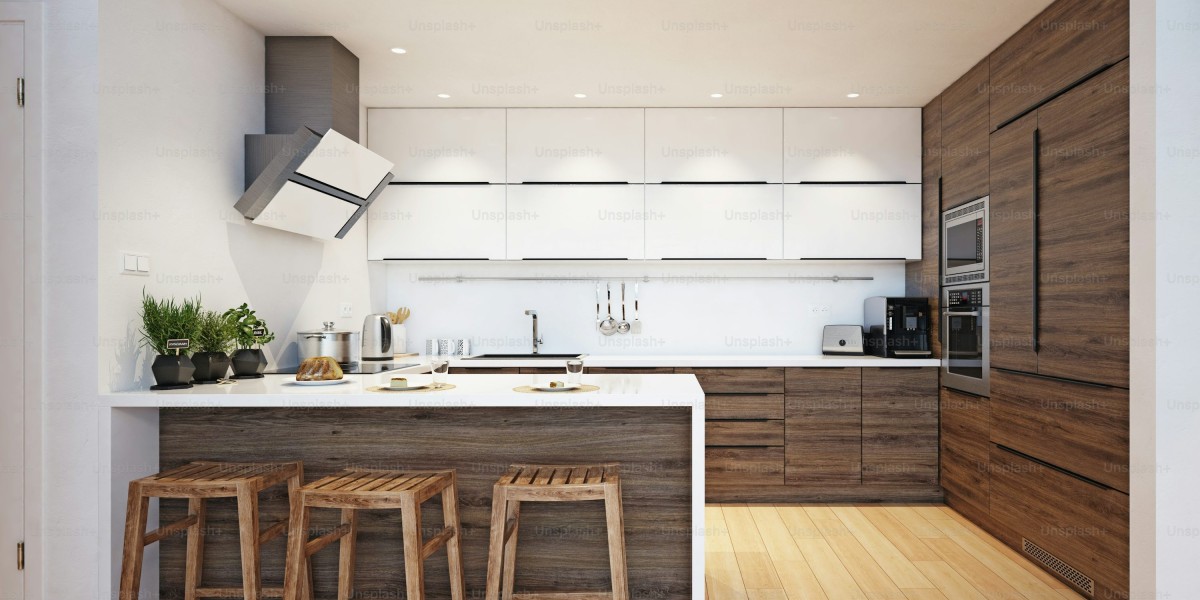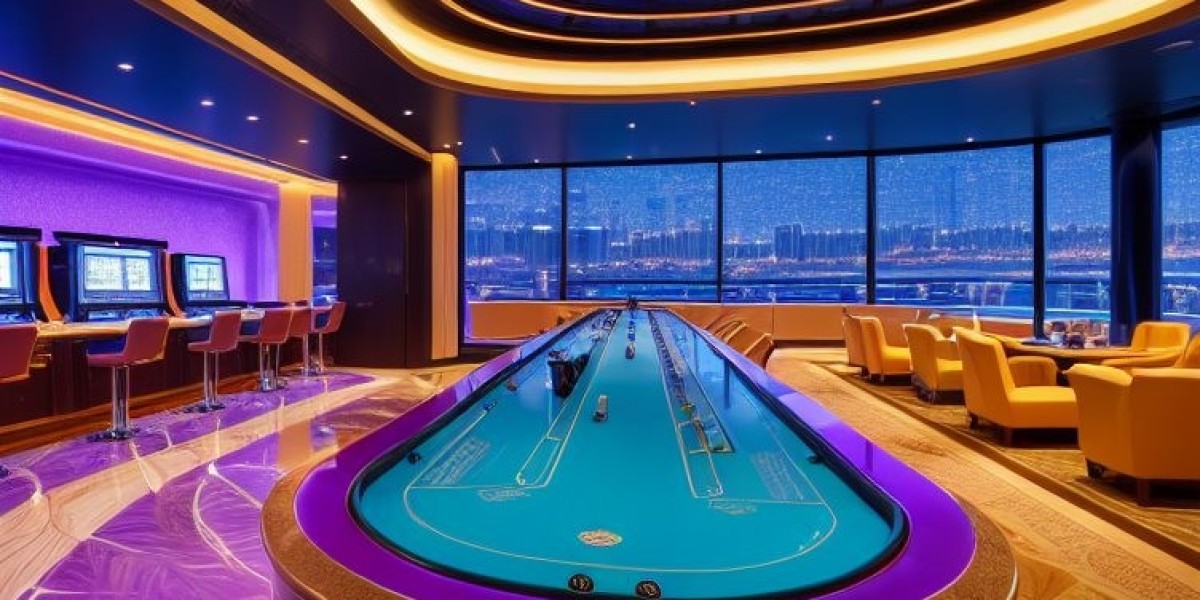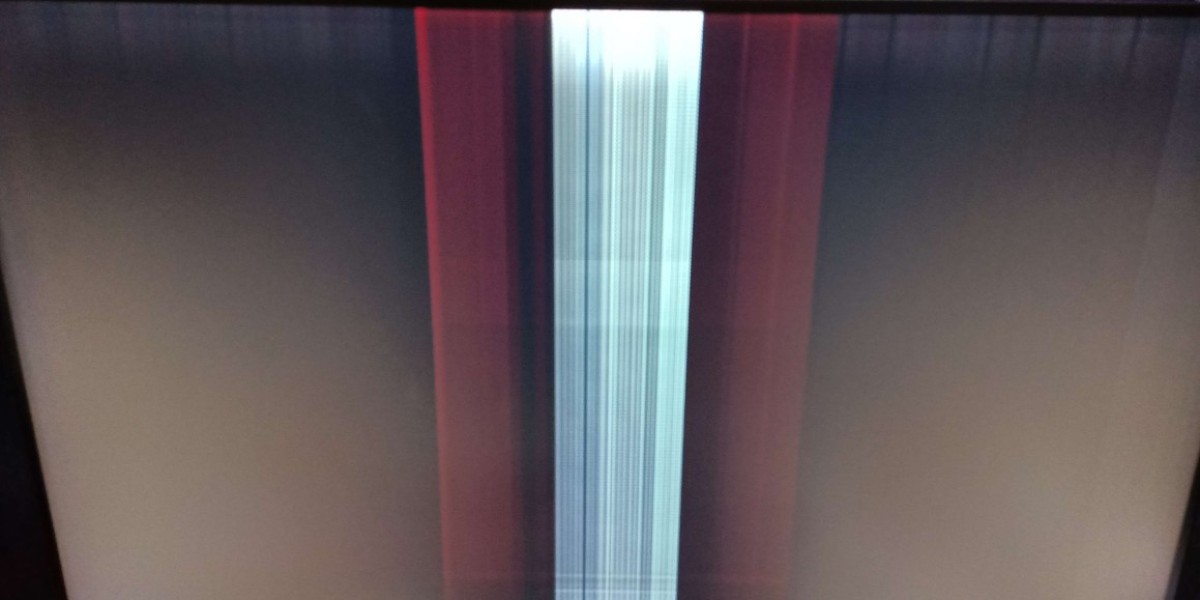Blending traditional Arabic design with modern interiors is an art that requires cultural sensitivity, aesthetic balance, and thoughtful planning. At Redo UAE, we’ve seen a growing interest in harmonizing heritage with contemporary style — especially among homeowners who want their spaces to reflect both their roots and modern lifestyle.
Arabic design is known for its rich textures, intricate patterns, and deep cultural symbolism. Modern design, in contrast, is minimalist, functional, and sleek. At first glance, they may seem like contrasting worlds, but with the right approach, they can coexist beautifully to create interiors that are timeless, elegant, and emotionally resonant.
Understanding the Core Elements of Arabic Design
Before diving into the blending process, it’s essential to understand what defines traditional Arabic interiors:
Geometric Patterns & Calligraphy: Intricate mosaics, Islamic calligraphy, and symmetrical shapes are foundational elements.
Rich Color Palettes: Deep blues, earthy reds, golden yellows, and lush greens dominate Arabic design.
Natural Materials: Wood, stone, brass, and textiles like wool and silk are commonly used.
Arched Doorways & Mashrabiya Screens: These architectural features allow for privacy, ventilation, and elegance.
Decorative Lighting: Lanterns and pendant lights in bronze or copper add warmth and character.
Key Strategies for Blending Traditional Arabic with Modern Interiors
1. Balance, Don’t Overwhelm
Use Arabic elements as accents rather than the dominant style. A modern living room can incorporate a carved wooden coffee table, Moroccan-style rug, or patterned throw pillows to pay homage to Arabic aesthetics without feeling cluttered.
2. Focus on Neutral Backdrops
Modern interiors often feature clean lines and neutral tones. These can act as a perfect canvas for bold Arabic accents. White or beige walls, for instance, allow colorful mosaics or ornate calligraphy art to stand out.
3. Merge Functional Minimalism with Artistic Expression
Arabic design offers a wealth of artistic inspiration, while modern design emphasizes function. Blend these by choosing furniture that is both sleek and decorated with traditional inlays or patterns. Think: a contemporary couch with cushions in traditional textiles.
4. Feature Arabic Lighting in Contemporary Spaces
Pendant lanterns with filigree designs or stained glass can become focal points in kitchens or entryways. Position them strategically against minimalist architecture for maximum contrast and visual impact.
5. Use Textiles to Add Texture and Warmth
Traditional Arabic homes are known for their cozy, layered textiles — from cushions and curtains to carpets. Even in modern interiors, you can use Arabic fabrics to introduce softness, history, and color without overpowering the space.
6. Modernize Classic Architectural Elements
You don’t need to recreate full arches or mashrabiya screens. Instead, reimagine them in cleaner, more geometric forms. Use laser-cut panels as room dividers or cabinet doors to hint at traditional design while staying contemporary.
Case Study: A Harmonious Home Renovation
A recent Home Renovation project by rdeo demonstrated how effectively this blend can be achieved. In a villa in Dubai, the client wanted a modern kitchen but didn’t want to lose the Arabic soul of the house. The solution? Matte cabinetry in neutral tones, offset with a feature wall of patterned Moroccan tiles and antique brass fixtures. Lighting was upgraded to recessed LED panels, but we added a central lantern-style pendant above the island — a nod to tradition without sacrificing modern utility.
Final Thoughts
Blending traditional Arabic design with modern interiors is about creating harmony — not contrast. It’s a way of celebrating culture while embracing modernity. Whether you’re revamping a single room or undertaking a full-scale home transformation, the key lies in subtlety, balance, and intentional design choices.
With the right expertise, even the most contemporary spaces can reflect the rich history of Arabic art and architecture. At rdeo, we specialize in creating that perfect fusion — offering design solutions that are as functional as they are meaningful.








